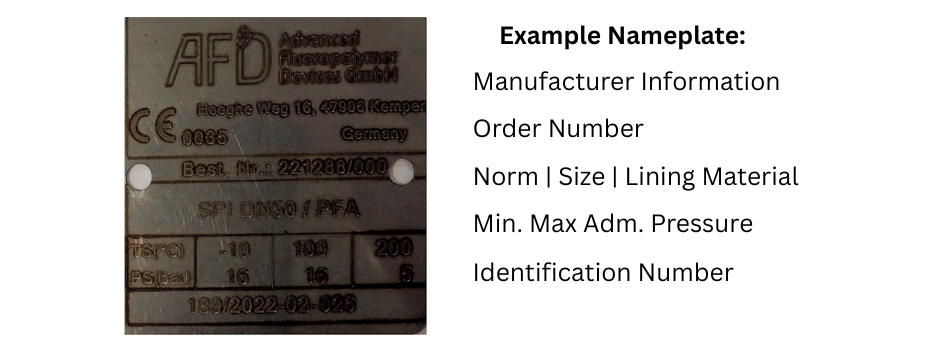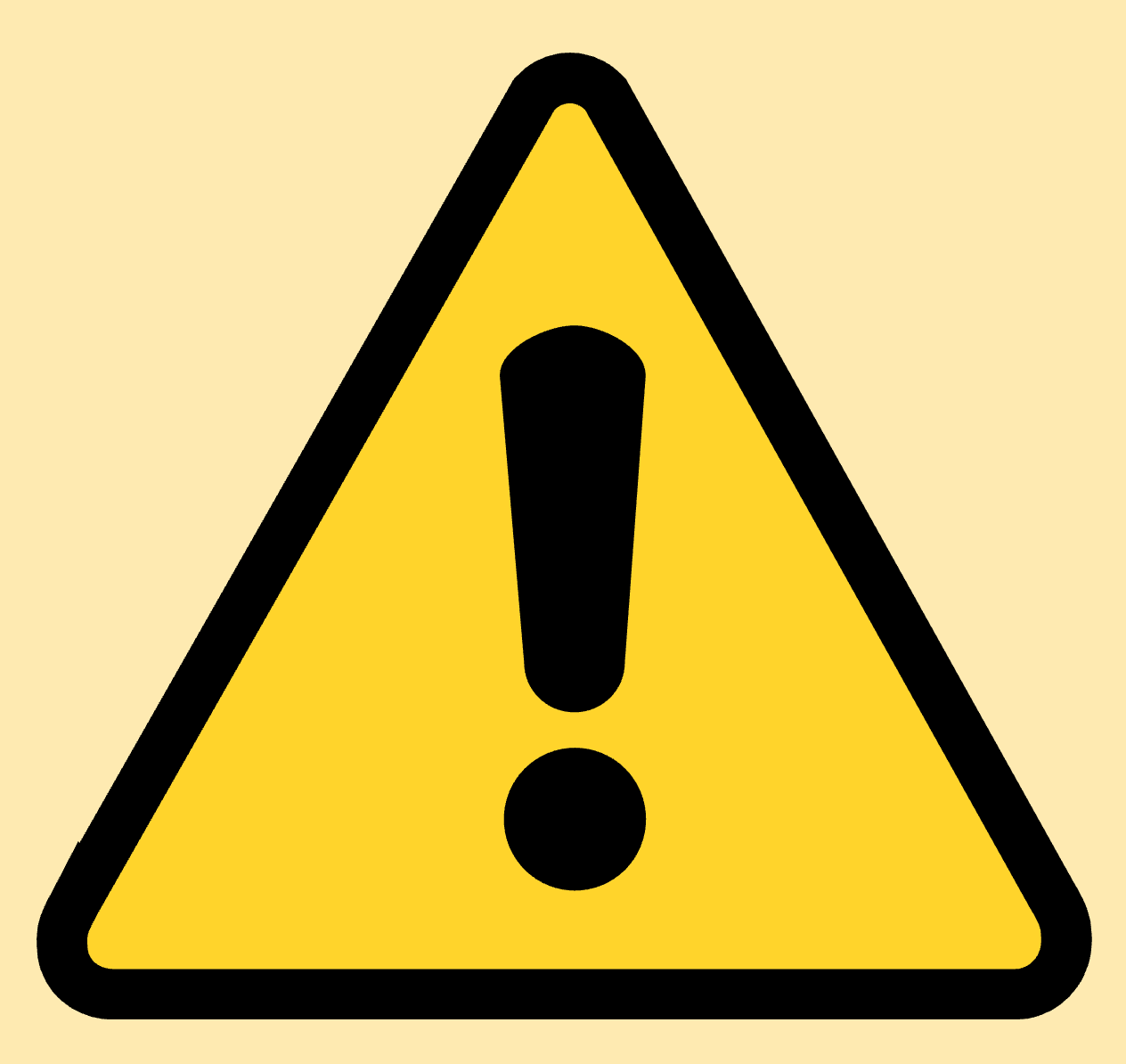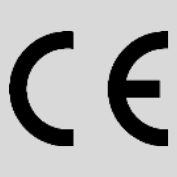
Advanced Fluoropolymer Devices GmbH
Precision Manufacturing Meets Transfer Molding
Installation and Operating Manual
Sample Valve

PFA Lined Sample Valve
Provaron9
This comprehensive manual provides detailed instructions for safe transport, installation, operation, and routine maintenance of your equipment.
Please review all sections carefully before proceeding. Keep this manual accessible for future reference.
Important Safety Notice
Carefully observe these operating instructions before transport, installation, operation, and maintenance!
Failure to follow proper procedures may result in equipment damage, personal injury, or voided warranty.
Manual Information
- Document Version: 1.0
- Last Updated: October 05, 2025
- Document Type: Installation and Operating Manual
- Language: English
Quick Reference Guide
📋 Before You Start
🚚 Transport Guidelines
⚙️ Installation Process
🔧 Operation Manual
🛠️ Maintenance Schedule
📞 Support Contact
| Parameter | Value |
|---|---|
| Name | Provaron9 |
| Design norm | DIN/ISO |
| Size | DN25-80 | NPS 1”-3” |
| Flange dimensions | DIN 2501 (PN 16) | ASME B16.10 (Class 150-RF LP) |
| Face to face dimensions | PN (EN 558-1), Series 1 |
| Lining | PFA, PFA/UP, PFA/AS, PVDF, PP and UHMW-PE |
| Body | 1.0619 (A216 Gr. WCB), 1.4408 (CF8M) |
| Pressure | Vacuum up to 16 bar |
| Temperature range | -10° C up to 150°C (lower/higher temperatures on request) |
| Leakage rate | DIN EN 12266-1, leakage rate A: Gas-tight |
| Quality | Body 24 bar Dielectric strength test 20 kV |
| Certificates | EU Pressure Equipment Directive 2014/68/EU, SIL |

DIN Weight Specifications
| Size DIN | Weight |
|---|---|
| DN 25 | 10 kg |
| DN 40 | 18 g |
| DN 50 | 18 kg |
| DN 80 | 18 g |
ANSI Weight Specifications
| Size ANSI | Weight |
|---|---|
| NPS 1" | 10 kg |
| NPS 2" | 18 kg |
| NPS 1½" | 18 kg |
| NPS 3" | 18 kg |
DIN Pipe Screws
| Size | Screws | Tightening Torque [Nm] [Nm/lbs] |
|---|---|---|
| DN 25 | 4 x M12 | 10 |
| DN 40 | 4 x M16 | 20 |
| DN 50 | 4 x M16 | 26 |
| DN 80 | 8 x M16 | 25 |
ANSI Pipe Screws
| Size | Screws | Tightening Torque [Nm] [Nm/lbs] |
|---|---|---|
| NPS 1" | 4 x ½“ | 70/8 |
| NPS 2" | 4 x ⅝“ | 220/15 |
| NPS 1½" | 4 x ½“ | 135/15 |
| NPS 3" | 4 x ⅝“ | 400/45 |
DIN Body Screws
| Size | Screws | Tightening Torque [Nm] [Nm/lbs] |
|---|---|---|
| DN 25 | 4 x M12 | 35/310 |
| DN 40 | 4 x M16 | 45/398 |
| DN 50 | 4 x M16 | 45/398 |
| DN 80 | 8 x M16 | 50/442 |
ANSI Body Screws
| Size | Screws | Tightening Torque [Nm] [Nm/lbs] |
|---|---|---|
| NPS 1" | 4 x M12 | 310/35 |
| NPS 2" | 4 x M16 | 398/45 |
| NPS 1½" | 4 x M16 | 398/45 |
| NPS 3" | 8 x M20 | 442/50 |
DIN Flow Rate
| Size | KVS Value |
|---|---|
| DN 25 | 15 | Sampling - Conical 0,385 / Flat 2,56 Cone |
| DN 40 | 47 | Sampling - Conical 0,385 / Flat 2,56 Cone |
| DN 50 | 65 | Sampling - Conical 0,385 / Flat 2,56 Cone |
| DN 80 | 200 | Sampling - Conical 0,385 / Flat 2,56 Cone |
ANSI Flow Rate
| Size | CV Value |
|---|---|
| NPS 1" | 17,5 | Sampling - Conical 0,448 / Flat 2,98 Cone |
| NPS 2" | 75,7 | Sampling - Conical 0,448 / Flat 2,98 Cone |
| NPS 1½" | 54,8 | Sampling - Conical 0,448 / Flat 2,98 Cone |
| NPS 3" | 233 | Sampling - Conical 0,448 / Flat 2,98 Cone |

Operating Pressures and Temperatures for the PFA lined Sample Valve
10. Dimensional Drawings
10.1 Dimensional Measurements DIN

| Size | L | H | H1 | ød | øk | øD | Bolting | Weight |
|---|---|---|---|---|---|---|---|---|
| DN 25 | 160 mm | 190 mm | 123 mm | 68 mm | 85 mm | 115 mm | 4 x 14 (M12) | 10 kg |
| DN 40 | 200 mm | 250 mm | 127 mm | 88 mm | 110 mm | 150 mm | 4 x 18 (M16) | 18 g |
| DN 50 | 230 mm | 195 mm | 131 mm | 102 mm | 125 mm | 165 mm | 4 x 18 (M16) | 18 kg |
| DN 80 | 310 mm | 310 mm | 173 mm | 138 mm | 160 mm | 200 mm | 8 x 18 (M16) | 18 g |
10.2 Dimensional Measurements ANSI

| Size | L1 | H | H1 | ød | øk | øD | Bolting | Weight |
|---|---|---|---|---|---|---|---|---|
| NPS 1" | 160 mm | 190 mm | 123 mm | 50,8 mm | 79,4 mm | 108 mm | 4 x 15.9 | 10 kg |
| NPS 2" | 165 mm | 195 mm | 131 mm | 92,1 mm | 121 mm | 152,4 mm | 4 x 19 | 18 kg |
| NPS 1½" | 200 mm | 250 mm | 127 mm | 73 mm | 98,4 mm | 127 mm | 4 x 15.9 | 18 kg |
| NPS 3" | 200 mm | 310 mm | 173 mm | 127 mm | 152,4 mm | 190,5 mm | 4 x 19 | 18 kg |
11. Sectional Drawing

| Pos. | Item | Material |
|---|---|---|
| 99 | PFA Virgin | |
| 100 | 1.0619 (A216 WCB) | |
| 106 | 1.0619 (A216 WCB) | |
| 107 | 1.0619 (A216 WCB) | |
| 109 | 1.0619 (A216 WCB) | |
| 115 | 1.0619 (A216 WCB) | |
| 216 | ETFE | |
| 217 | 1.0619 (A216 WCB) | |
| 219 | PTFE / PTFE Carbon Composite | |
| 220 | PTFE / PTFE Carbon Composite | |
| 218 | PTFE / PTFE Carbon Composite | |
| 222 | PTFE / PTFE Carbon Composite | |
| 234 | PTFE / PTFE Carbon Composite | |
| 407 | PTFE / PTFE Carbon Composite | |
| 522 | PTFE / PTFE Carbon Composite | |
| 900 | Stainless steel | |
| 901 | Stainless steel | |
| 902 | Stainless steel | |
| 920 | Stainless steel | |
| 936 | Stainless steel |



